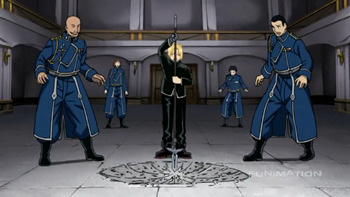The song…
…was the best-selling single worldwide in 2012, selling over 10 million copies in that year alone, and the best-selling single on the iTunes Store in 2012.
…had worldwide sales of over 13 million copies as of May 2013, making it the best-selling digital single of 2012, and is also one of the best-selling digital singles and one of the best-selling singles of all time.
…Was named SONG OF THE YEAR by MTV.
Obviously, this is a tune well-forged, designed for mass appeal and greatness. Now what my intention is, is to try and reverse engineer the song a bit, to peel back the oniony layers of the tune to see if we can’t divine what made it great.
A lot of people would like say it was Jepsen herself, although I think it’s clear she’s at best a mediocre vocalist. All things considered, she probably could have farted over the song and it would have still been a number one.
Then what was the secret? Was it something in the production, or the harmonies, or the tune? Not at all. The production was, honestly, a little rough all things considered, being quite muddy around the higher frequencies, and from a songwriting standpoint nothing seems exceedingly special. Just four chords repeating, all things considered. that said, I have a particular theory as to why it went from just another pretty melody to one of the greatest songs of 2012.
Anyone who has watched Fullmetal Alchemist can describe to you, in detail, the idea of equivalent exchange. This is described in the following quote:

“Humankind cannot gain anything without first giving something in return. To obtain, something of equal value must be lost. That is alchemy’s first law of Equivalent Exchange. In those days, we really believed that to be the world’s one, and only truth."
— Alphonse Elric
With that in mind, let’s just take a walk through the song.
After a short pickup, the verse melody begins, and proceeds in the most sublimely boring way imaginable. Literally two notes, with a short pentatonic figure at the end of every phrase. It’s entirely formulaic, super homogenized pop bullshit, but the sheer volume of suckitude present in the verse is transformed through the art of alchemy into the equivalent volume of kickassness in the chorus, and the chorus hits you like a fucking truck. I know several people personally who have reported being rendered breathless the first time they heard that chorus, and I am convinced it is one of the greatest choruses in all of pop music, not because it’s implicitly well-designed, but because of the poetic exchange between the static, boring verses and the dynamic, rocking chorus.
This same device can be found in a lot of the best music, from Daft Punk’s Get Lucky to Nirvana’s Smells like Teen Spirit. The secret to a good song has everything to do with the relationship of the verse and the chorus to one another, and there MUST be a significant exchange of power if a song is to have any drive. This is something ESSENTIAL to keep in mind for all songwriters, and is as important to good music as composition is to good art. If you don’t have composition, all the anatomy and perspective in the world mean jack shit. And if your song lacks dynamic flow and makes use of this primal alchemy, what you have is a stagnant melody that neither technique nor charisma will ever repair. This is the energy that flows through all things. Sound means nothing without silence. Keep this in mind.




